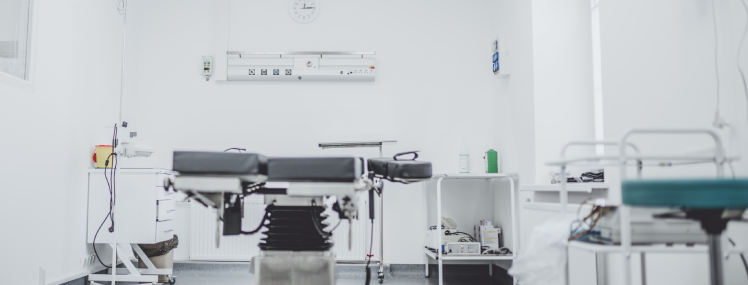Role of Niacin in the Management of Hyperlipidemia

January 25, 2021
Understanding Niacin therapy always gives me a better appreciation for treating hyperlipidemia. I always tell my students that “Niacin makes the numbers look pretty but does nothing to extend life.”
Niacin raises HLD, lowers LDL and triglycerides, but doesn’t do anything to decrease CV events. You have to wonder what it is that the statins do that is so “magical”. When statins make the numbers look pretty, patients live longer. I have to wonder if further research will show that statins do more than play the numbers game. Hyperlipidemia is clearly more than a numbers game!
The goal of treating hyperlipidemia is to decrease the concentration of free LDL in the blood that can cause fatty streaks and plaques and to increase HDL which works to reverse the formation of fatty streaks and plaques.
LDL: low density lipoprotein –a genetic link exists (bad cholesterol)
- Oxidized LDL becomes atherogenic
HDL: high density lipoprotein- no genetic link (“good cholesterol”)
TG: triglycerides-a genetic link exists.
- oxidizes LDL, lowers LDL clearance, causes inflammation—a genetic link exists
The overall goal is to decrease the risk for a cardiac event or a stroke.
- For every 1% reduction in total cholesterol, total CV mortality is reduced by 1.5%
- For each 1% decrease in LDL there is a 2% decrease in risk of CV events
- For each 1% increase in HDL there is a 3% decrease in risk of CV events
Major risk factors that modify LDL goals:
- Cigarette smoking
- Hypertension (BP >140/90 mmHg or on antihypertensive medications)
- Low HDL cholesterol
- Family history of premature CHD
- Male first degree relative <55 years old
- Female first degree relative <65 years old
- Age
- Men > years old
- Women > 55 years old
NICOTINIC ACID (Niacin) Vitamin B3
Mechanism of Action for hyperlipidemia
Decreases the production and release of very low-density lipoprotein (VLDL). Niacin also decreases the release of free fatty acids from adipose tissue into the circulation, which is the primary producer of circulating FFA’s.
Indication:
- Niacin (1.5-4.5gm/day) – lowers LDL by 5-25%, increases HDL 15-35%, and decreases triglycerides by 10-50%. Sounds like a winning combination… except…
- Never monotherapy (low-cholesterol, low-fat diet)
Warnings/ Precautions/Adverse effects:
- Although Niacin is arguably the most effective drug for improving the entire lipid profile it is difficult for patients to tolerate.
- Causes cutaneous flushing
- Can be overcome by one Aspirin 325mg 30 minutes before niacin (enteric coating 1 hour).
- Start low and go slow with niacin dosing
- Take with food
- GI upset
- Liver toxicity
- May cause mild worsening of glucose intolerance.
- Diabetics may experience a 25% increase in serum glucose levels.
- May raise uric levels and precipitate gout.
Patient Education:
- Major side effect is cutaneous flushing.
- Take with food to decrease GI upset, right before bed..
- Swallow whole, with cold water.
- Avoid sudden changes in posture. May cause dizziness.
- Avoid alcohol and hot drinks during administration.
- Increase blood glucose monitoring if diabetic.
- Watch niacin content in multivitamin.
Products of this Class:
- Niaspan® 500, 750 and 1000 (generic available, but still expensive)
- gen=$60/90 tablets
- brand= 990.00/90 tablets
- Adult dose: start at 500mg at bedtime for 1-4 weeks. Then 1000mg at bedtime for 5-8 weeks then titrate to response and tolerance. Doses over 2000mg/day are not recommended
Other forms of Niacin:
- Can be either nicotinic acid or nicotinamide
- Nicotinic acid is the only form proven to lower LDL
- Immediate Release Niacin
- Over-the-counter
- Niaspan ER®
- Less flushing, but long-term effects unknown
- “Slow” Niacin- over the counter
- Not used for the treatment of Dyslipidemia
- Typically, nicotinamide
- Hepatotoxicity
BAD PRESS FOR NIACIN! (September 2014): “Added to a statin Niacin does NOT improve cardiovascular outcomes more than a statin alone when LDL is around 70 mg/dL. Adding niacin to bump up HDL makes number look better but doesn’t improve outcomes.” (AIM-HIGH study)
SAFETY: For every 1000 patients treated for about 4 years with a statin plus niacin and an anti-flushing agent, about 18 more will develop diabetes and 37 more diabetics will have worse glycemic control…compared to patients on a statin alone.
RECOMMENDATION: Niacin is associated with dyspepsia, diarrhea, rash, muscle pain, and flushing with possibly more infections and GI bleeding. If they have low LDL and stable CV disease, recommend stopping the Niacin
URBAN LEGEND: Niacin to flush THC for drug testing? Doesn’t work, high doses lead to liver toxicity.
Have a great day on the bench!!

